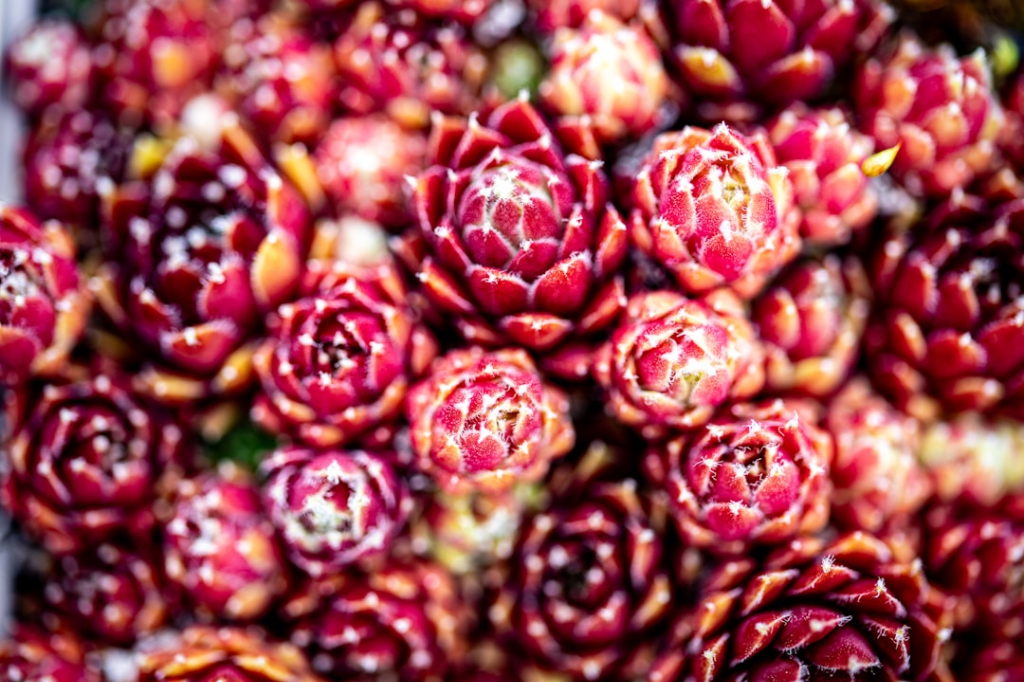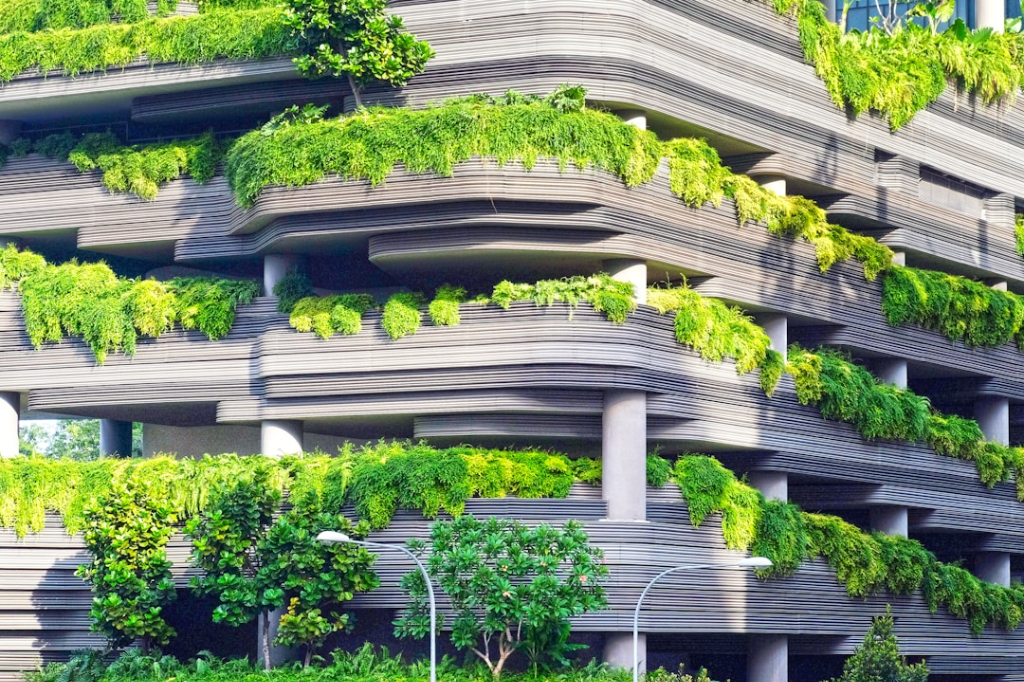Are you tired of spending hours watering your lawn and garden only to see your water bills skyrocket? Do you want to create a beautiful outdoor space that’s both eco-friendly and low-maintenance? If so, it’s time to consider xeriscaping.
What is Xeriscaping?
Xeriscaping is a form of landscaping that focuses on water conservation. The term comes from the Greek word “xeros,” meaning dry, and “scape,” referring to a type of scenery or view. Put simply, xeriscaping is a sustainable landscaping practice designed to reduce or eliminate the need for irrigation.
Key Principles of Xeriscaping
Planning and Design:
- Assess your landscape’s natural features.
- Create zones based on water needs.
Soil Improvement:
- Focus on soil health to retain moisture.
- Use organic compost to enrich the soil.
Efficient Irrigation:
- Employ drip irrigation systems.
- Water plants during the early morning or late evening to minimize evaporation.
Plant Selection:
- Choose drought-tolerant plants such as succulents and native species.
- Group plants with similar water needs together.
Mulching:
- Use organic or inorganic mulches to retain soil moisture and reduce weed growth.
Maintenance:
- Regularly check and maintain your irrigation system.
- Prune plants to promote health and growth.
Benefits of Xeriscaping
1. Water Conservation
One of the most significant benefits of xeriscaping is its potential for water conservation. By using drought-resistant plants and efficient irrigation systems, you can significantly reduce your water usage. This not only lowers your water bills but also helps conserve a precious natural resource.
2. Low Maintenance
Xeriscape gardens require less maintenance compared to traditional landscapes. With fewer water needs, there’s less worry about constant watering. Mulching helps control weeds, and the use of native plants often means they are well-suited to local conditions and require less care.
3. Cost Savings
Although initial setup costs may be higher, the long-term savings in water bills and maintenance costs make xeriscaping a cost-effective solution. Over time, you’ll spend less on water, fertilizers, and garden upkeep.
4. Environmental Impact
Xeriscaping contributes to environmental sustainability by reducing water usage and the need for chemical fertilizers and pesticides. Using native plants also supports local wildlife and promotes biodiversity.
5. Aesthetic Appeal
Contrary to popular belief, xeriscaping doesn’t mean having a barren, rocky yard. With a variety of colorful, drought-tolerant plants, you can create a visually appealing landscape that enhances the beauty of your home.
Getting Started with Xeriscaping
1. Assess Your Current Landscape
Start by evaluating your current garden and identifying areas that consume the most water. Determine which plants need to be replaced with more water-efficient options.
2. Plan Your Design
Create a design plan that includes drought-tolerant plants, efficient irrigation systems, and mulching strategies. Consider consulting a landscaper experienced in xeriscaping for expert advice.
3. Choose the Right Plants
Select plants that are well-suited to your local climate. Popular choices include lavender, yucca, agave, and various types of grasses and succulents.
4. Install Efficient Irrigation Systems
Consider installing drip irrigation systems to deliver water directly to the roots of your plants. This minimizes water waste and ensures your plants receive the necessary hydration.
5. Apply Mulch
Spread a layer of mulch around your plants to help retain moisture, regulate soil temperature, and reduce weed growth.
6. Maintain Your Xeriscape
Regularly check your irrigation system, prune your plants, and replenish mulch as needed. Although xeriscapes are low maintenance, they still require some care to keep them looking their best.
Conclusion
Xeriscaping is an excellent way to create a beautiful, sustainable landscape that saves water, reduces maintenance, and supports the environment. Whether you’re a homeowner looking to lower your water bills, an environmentally conscious individual aiming to reduce your footprint, or a garden enthusiast seeking a new challenge, xeriscaping offers a rewarding solution.






